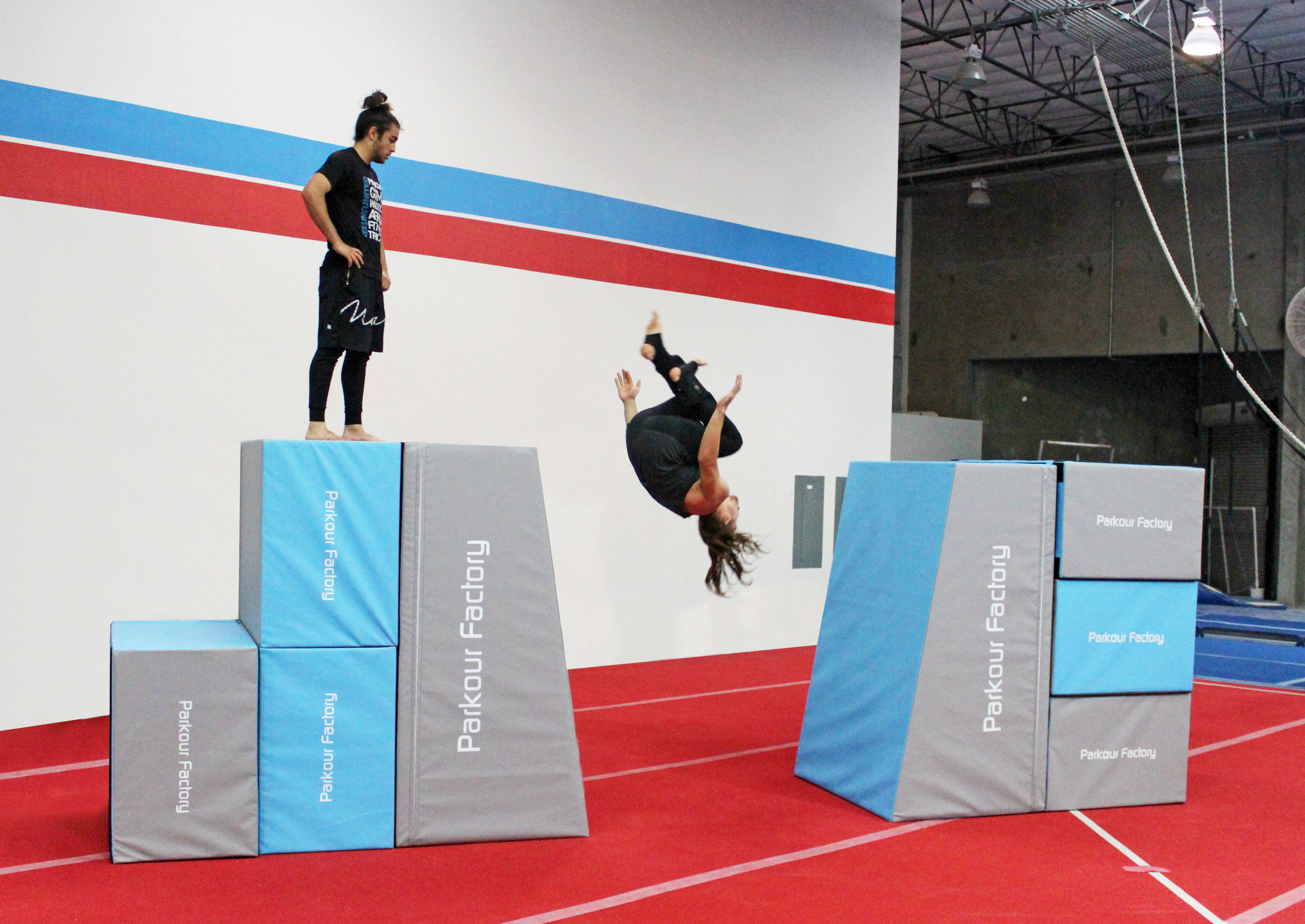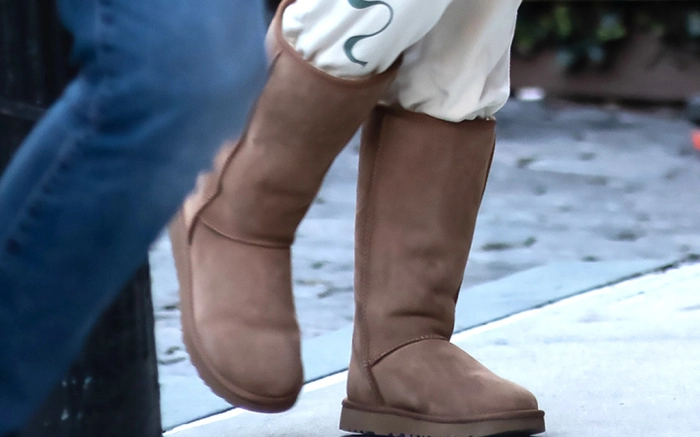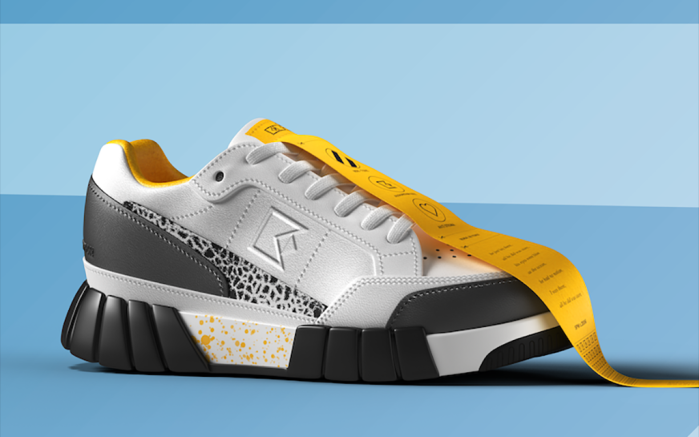Parkour
March,17,2021
Parkour is a training discipline using movement that developed from military obstacle course training. Practitioners, called tracers or traceurs, aim to get from one point to another in a complex environment, without assistive equipment and in the fastest and most efficient way possible. Parkour includes running, climbing, swinging, vaulting, jumping, plyometrics, rolling, quadrupedal movement and other movements as deemed most suitable for the situation Parkour's development from military training gives it some aspects of a non-combative martial art.
Writers on parkour trace its origins to the physical education and training methods developed beginning in the years before World War I by Georges Hébert and known as “la méthode naturelle.” The regimen involved training in running, jumping, climbing, balancing, swimming, and defending and the use of obstacle courses called “parcours du combattant.” Hébert’s system came to underpin French military training. Later, during the 1940s and ’50s, Raymond Belle received instruction on Hébert’s methods while in the military, and he subsequently used that training to become an elite firefighter. He was known for his acrobatic athleticism and ability to safely and quickly move along ledges, to scale buildings without using a ladder, and to leap between building rooftops. His son David Belle is generally credited as being the father of parkour.
Parkour,developed in France beginning in the late 1980s, was popularized through Internet videos, television commercials, and documentary and feature films, including the James Bond movie Casino Royale (2006).
Parkour spread to dozens of other countries, where national and local organizations were formed, mostly for the purpose of providing training and education. While some theorists opposed the idea of competition in parkour, the international organizations World Freerunning Parkour Federation (2008), Fédération Internationale des Arts du Déplacement (FIADD; 2012), and Mouvement International du Parkour, Freerunning et l’Art du Déplacement (founded by Belle, Foucan, and others in 2014) were established, each aimed at creating a structure for worldwide parkour competitions. In late 2016 Britain became the first country to officially recognize parkour as a sport.

Writers on parkour trace its origins to the physical education and training methods developed beginning in the years before World War I by Georges Hébert and known as “la méthode naturelle.” The regimen involved training in running, jumping, climbing, balancing, swimming, and defending and the use of obstacle courses called “parcours du combattant.” Hébert’s system came to underpin French military training. Later, during the 1940s and ’50s, Raymond Belle received instruction on Hébert’s methods while in the military, and he subsequently used that training to become an elite firefighter. He was known for his acrobatic athleticism and ability to safely and quickly move along ledges, to scale buildings without using a ladder, and to leap between building rooftops. His son David Belle is generally credited as being the father of parkour.
Parkour,developed in France beginning in the late 1980s, was popularized through Internet videos, television commercials, and documentary and feature films, including the James Bond movie Casino Royale (2006).
Parkour spread to dozens of other countries, where national and local organizations were formed, mostly for the purpose of providing training and education. While some theorists opposed the idea of competition in parkour, the international organizations World Freerunning Parkour Federation (2008), Fédération Internationale des Arts du Déplacement (FIADD; 2012), and Mouvement International du Parkour, Freerunning et l’Art du Déplacement (founded by Belle, Foucan, and others in 2014) were established, each aimed at creating a structure for worldwide parkour competitions. In late 2016 Britain became the first country to officially recognize parkour as a sport.














